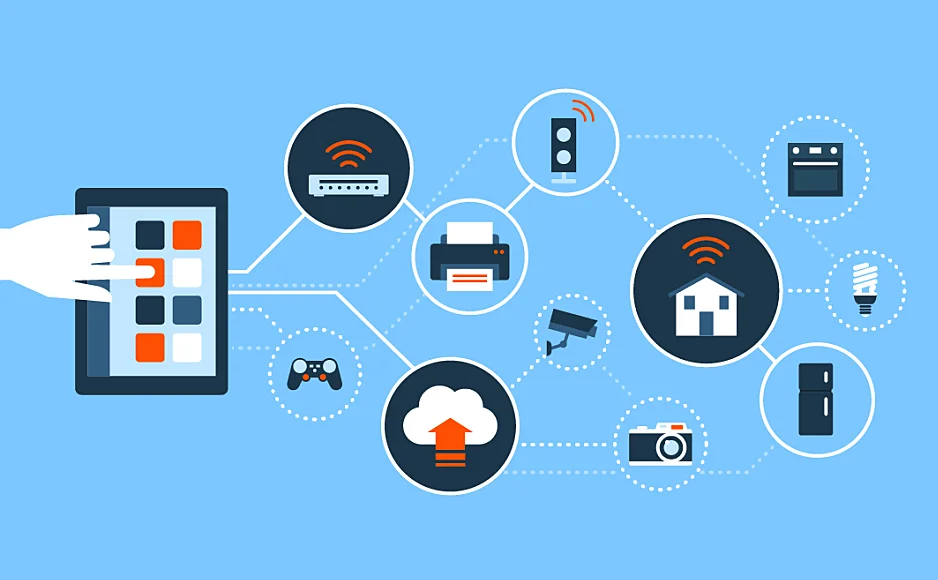Welcome to our network security blog, where we navigate the complex landscape of cybersecurity to help you fortify your digital fortress against ever-evolving threats. In today’s hyper-connected world, where data breaches and cyber attacks are all too common, protecting your network infrastructure is more critical than ever.
Whether you’re a small business owner, IT professional, or concerned individual, understanding the fundamentals of network security is essential for safeguarding sensitive information and maintaining the integrity of your digital assets.
Understanding Network Security:
- Threat Landscape: Explore the various types of cyber threats facing organizations today, including malware, phishing, ransomware, and insider threats.
- Attack Vectors: Learn how cyber attackers exploit vulnerabilities in network infrastructure, applications, and user behavior to gain unauthorized access and compromise sensitive data.
- Defense Strategies: Discover proactive measures and best practices for mitigating cyber risks, such as network segmentation, access controls, encryption, and regular security audits.
- Compliance and Regulations: Understand the importance of compliance with industry standards and government regulations, such as GDPR, HIPAA, and PCI DSS, in ensuring data protection and privacy.
- Incident Response: Develop a robust incident response plan to detect, contain, and mitigate security breaches in a timely and effective manner, minimizing the impact on your organization.
Implementing Network Security Measures:
- Firewalls and Intrusion Detection Systems: Deploy firewalls and intrusion detection systems (IDS/IPS) to monitor and filter incoming and outgoing network traffic, blocking malicious activities and unauthorized access attempts.
- Secure Authentication: Implement multi-factor authentication (MFA), strong password policies, and biometric authentication to verify the identity of users and prevent unauthorized access to sensitive resources.
- Encryption: Encrypt data in transit and at rest using robust encryption algorithms to protect sensitive information from eavesdropping and unauthorized disclosure.
- Patch Management: Keep software and firmware up to date with the latest security patches and updates to address known vulnerabilities and minimize the risk of exploitation by cyber attackers.
- Employee Training and Awareness: Educate employees about cybersecurity best practices, such as identifying phishing emails, avoiding suspicious links, and reporting security incidents promptly.
Emerging Trends in Network Security:
- Zero Trust Architecture: Adopt a zero trust approach to network security, where no user or device is trusted by default, and access to resources is granted based on strict authentication and authorization policies.
- Artificial Intelligence and Machine Learning: Leverage AI and ML technologies to analyze network traffic patterns, detect anomalous behavior, and identify potential security threats in real-time.
- Cloud Security: Implement robust security measures and controls to protect data and applications hosted in cloud environments, such as encryption, access controls, and continuous monitoring.
- Internet of Things (IoT) Security: Secure IoT devices and networks against cyber threats by implementing strong authentication, encryption, and access controls, and regularly updating firmware and software.
- DevSecOps: Integrate security into the software development lifecycle (SDLC) from the outset, ensuring that security considerations are addressed at every stage of the development process.
Conclusion:
In conclusion, network security is a multifaceted discipline that requires constant vigilance, proactive measures, and a layered approach to defense. By understanding the threats, implementing best practices, and leveraging emerging technologies, you can build a resilient security posture that protects your network infrastructure and data assets from cyber threats.

